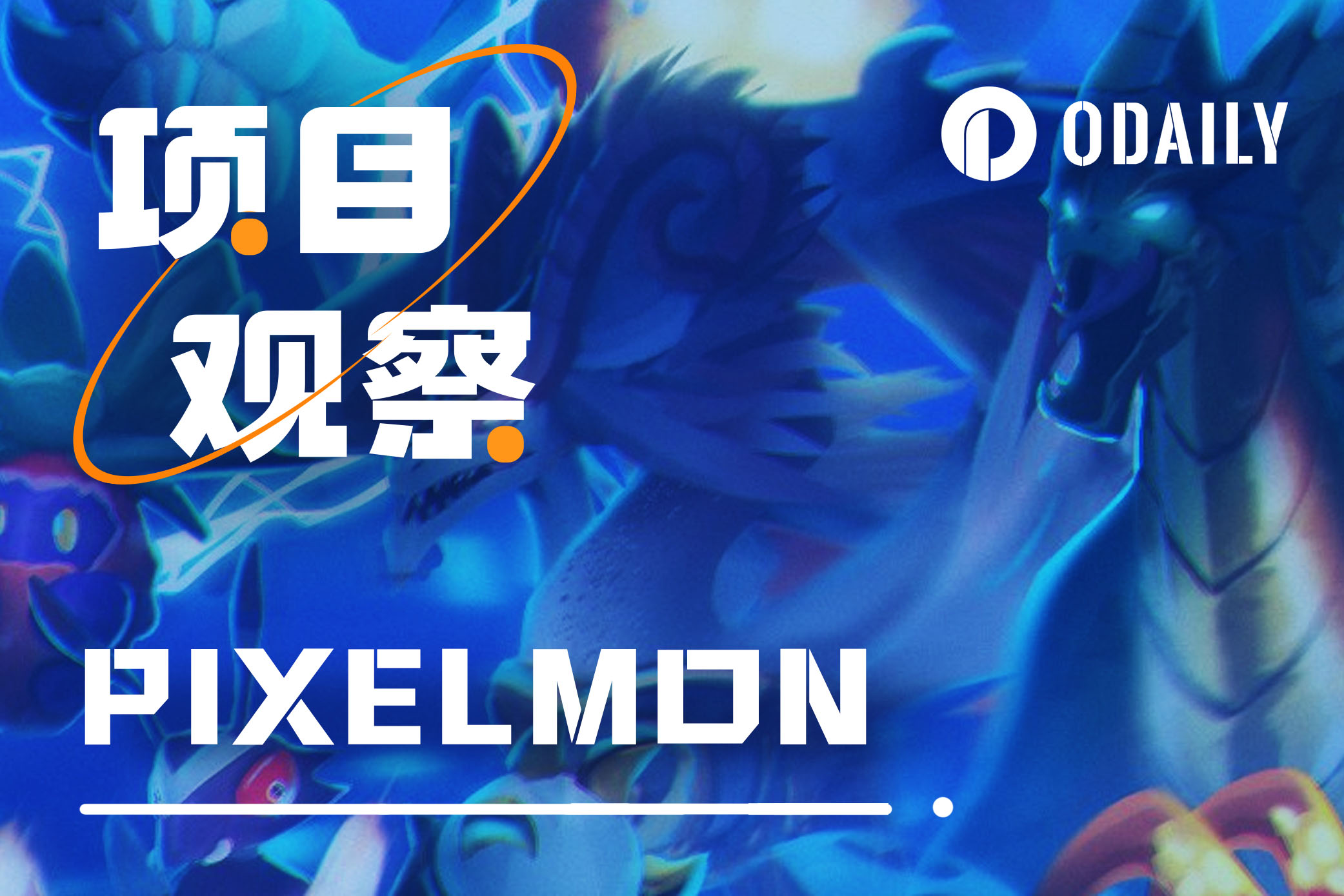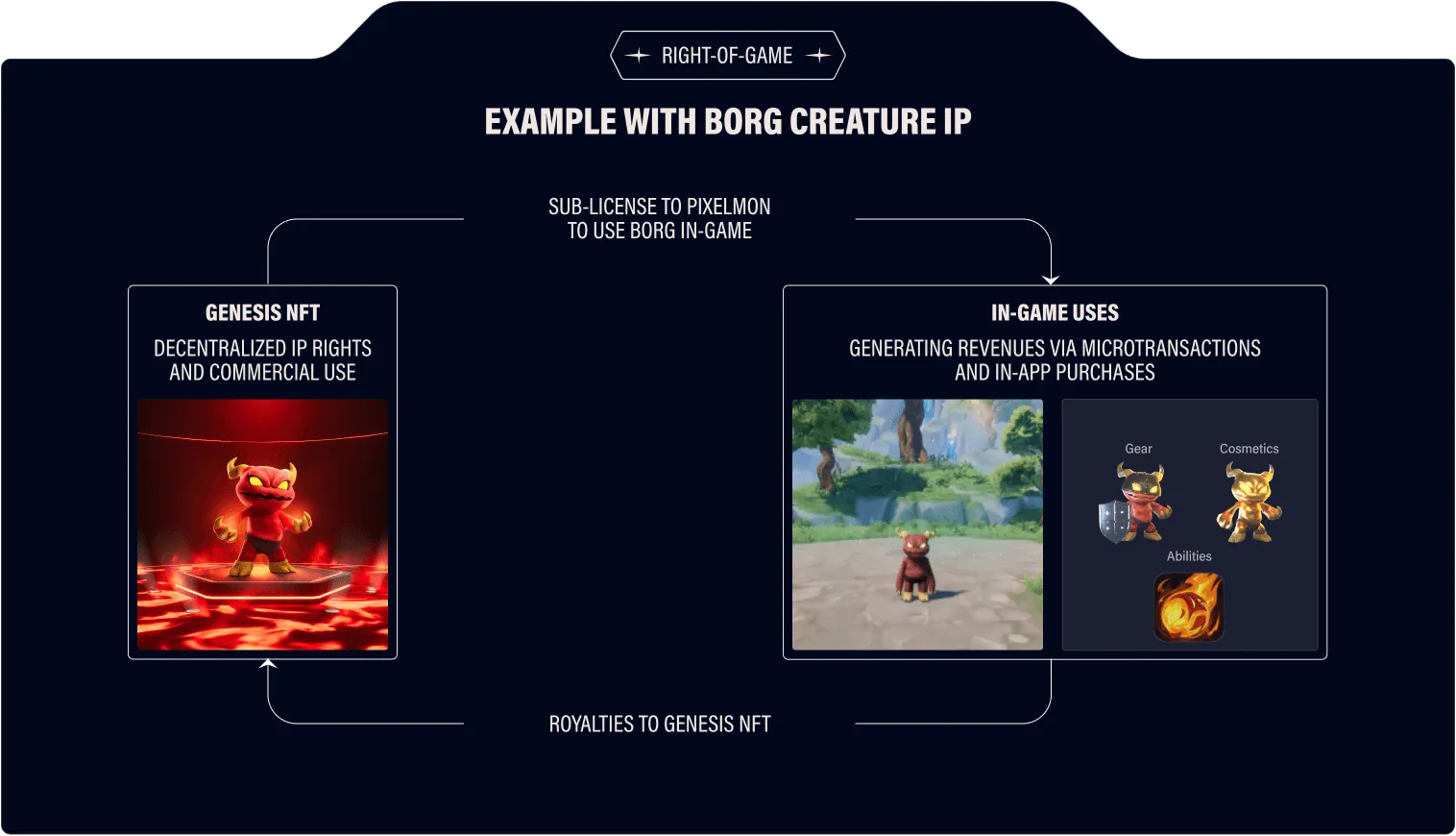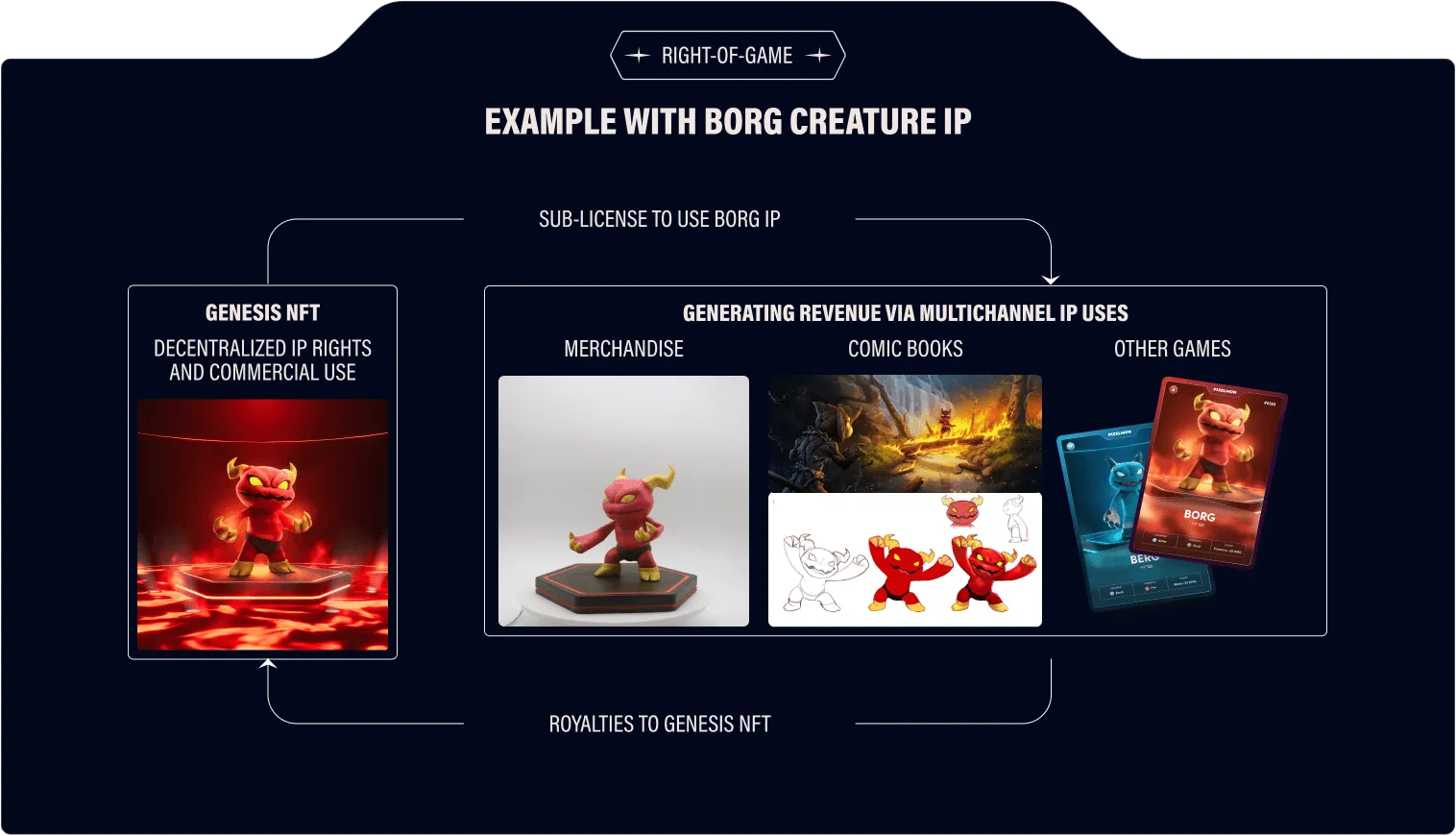Original - Odaily
Author - Nan Zhi

Pixelmon, which has been controversial in 22 years, announced a US$8 million financing at the beginning of this month, and joined hands with MON Protocol to launch the token MON, and announced that it will conduct a public token sale at the end of this month.
In this article, Odaily will sort out relevant information about this chain game that once set a record of US$70 million in NFT sales, and analyze its vision and token sale process.
Pixelmon analysis
Where are the market opportunities?
Pixelmon said that NFT technology has been widely adopted in recent years, initially driven by digital artists and collectors, who found that NFT is a way to eliminate middlemen, securely transfer unique pictures orUnderlying IP ownership, the perfect means to earn royalties from the secondary market; I believe gaming will quickly become the first consumer market to benefit and drive the mass adoption of blockchain and NFT technology.
When the market first tried to decentralize game asset ownership through blockchain, NFT was used as a game payment channel to embed making money into the game, thus rationalizing the NFT price into a relationship of paying to play games and making money (i.e. Play to Earn). The problem with this strategy is:
No one pays attention to creating high-quality game products and experience iterations;
The underlying business targets NFT buyers rather than gamers;
Unsustainable economic system where new buyers maintain the old economic system without real consumers (players).
In short, Pixelmon believes that the current chain game is more of a Ponzi economy and it is difficult to survive through sustainable income in the long term.
How does Pixelmon want to break the game?
Pixelmon says its aim is to create aDecentralized game IP ownership system, provide the right incentives for Play to Own and establish a revenue model based on free games. The key is to distinguish users, distinguish art and commercial IP collectors from game users, and establish a mutually reinforcing ecosystem.
Pixelmon has built two sets of NFTs, naming them the Game Ownership (Right-of-Game, RoG) system, which consists of genesis NFTs and in-game NFTs.
Genesis NFT includes IP ownership of specific assets, for parties interested in acquiring an artwork and wishing to discover, negotiate and commercialize the IP associated with that artwork. Game NFTs are products for consumers/game players.
Through free games and in-game NFT, the threshold for game entry is lowered, and accordingly a large number of basic users can be introduced. According to the Pixelmon white paper, gamers are the ultimate consumers of Pixelmon games and will also become the growth engine of the ecosystem. A large user base can bring added value to game IP, and realize linear growth in value as the number of users increases.
Genesis NFT is the key to the RoG system. Although these NFTs do not have in-game functions, they will receive airdrops of in-game assets and will also receive fee rewards from game ecological activities.

On the other hand, Genesis NFT will serve as a certificate of IP ownership and franchise fees. Pixelmon said that through decentralized IP and royalties,Genesis NFT holders are motivated to discover, negotiate and implement commercial applications of IP, and earn royalties accordingly.
To sum up, Pixelmon wants to introduce a large number of game users through free games, build an ecological user base, and then develop the IP of each character on the basis of the ecology, such as giving each character a separate and outstanding IP value like Pokémon.

The ideal is too full
It is true that there have been a few cases where Web3 native IP broke the circle and created value. For example, in 2022, China Li Ning launched the China Li Ning Boring Ape Trend Sports Club series of clothing with the BAYC #4102 image as the theme, and also launched BAYC offline. Pop-up shop. Pudgy Penguins’ “Pudgy Toys” dolls sold over 20,000 units within two days of being put on Amazon. But after all, they are only a few examples. PFP-type NFTs can be considered products that focus on IP development. However, not many PFP NFTs have achieved long-term survival and breaking out of the circle, let alone being integrated into a huge game ecosystem.
Therefore, the blockchain gaming model proposed by Pixelmon can indeed be said to be a novel andTheoretically feasiblepath, but as one of the first chain games to explore this model,will still face many challenges。
Financing background and token sale
Although based on the development model analysis, Pixelmons development path is still relatively long, but from the perspective of project financing background, market expectations, etc., Pixelmon still has certain strength.
Earlier this month, NFT project Pixelmon announced the completion of a US$8 million seed round of financing, with participation from Animoca Brands, Delphi Ventures and Foresight Ventures, as well as Amber Group, 9GAG founder Ray Chan and Immutable co-founder Robbie Ferguson. Pixelmon said the team plans to use the new funding to advance the development of casual and mid-core games.
Earlier in 2022, Pixelmon had conducted a round of NFT sales, with the sale price reaching 3 ETH, and cumulative sales reaching US$70 million. Later, it plummeted 90% because the quality of the disclosed game content was not as good as expected. Then PixelmonChange project leadership team and launch new roadmap, after two years of reconstruction, the current NFT price has rebounded to 1.65 ETH, and the quality of the game has also been greatly improved.

Tokenomics
Pixelmon’s partner IP management protocol Mon Protocol announcedLaunch of MON Token, the total number of tokens is 1 billion, approximately 36% of the total MON supply will be directly allocated to the Pixelmon community through two allocation mechanisms, and approximately 29% of the total MON supply will be indirectly dedicated to the Pixelmon and Mon Protocol communities through the ecosystem fund .
MON is the governance and utility token of Mon Protocol, which will be used for the first time as an IP protocol in the Pixelmon ecosystem. In the Pixelmon ecosystem, MON tokens will play the role of in-game tokens and representatives of IP governance rights.
Token pre-sale
The MON token pre-sale will be sold at a fixed price. The process and requirements are as follows:
Wallets participating in the token pre-sale first need to obtain a Waitlist Code. Each Waitlist Code is equivalent to a first-hand subscription opportunity;
Each lot can be subscribed for 2,888 MON., a total of 62,092,000 tokens will be pre-sold;
In the event of over-subscription, selection will be made through a lottery;
Waitlist Code will be generated from two NFT series launched by Pixelmon, respectively, Pixelmon Gen 1 and Golden Trainer. The former has more than 3 Waitlist Codes, and the latter has more than 2. The number of Waitlist Codes allocated will further increase according to the rarity.
The subscription will be conducted in ETH. The official price has not been disclosed yet. It is only a preview.Price per lot ranges from approximately US$200 to US$300. If calculated at a discount of US$250, the unit price of the token is 0.0865 USDT, corresponding to an FDV of US$86.5 million.

in conclusion
Pixelmons token pricing is at a medium level compared to mainstream chain games with a market value of tens to hundreds of millions. It has just announced a large amount of financing and has certain short-term potential. However, the project vision is very ambitious, and it is still difficult to determine whether it can be successfully implemented.
Note: GameFi Hunter is a new section launched by Odaily that focuses on Web3 games. It regularly updates popular project trends, dismantles economic models, and shares interactive tutorials. For reports, please contact WeChat: AmadeusL.